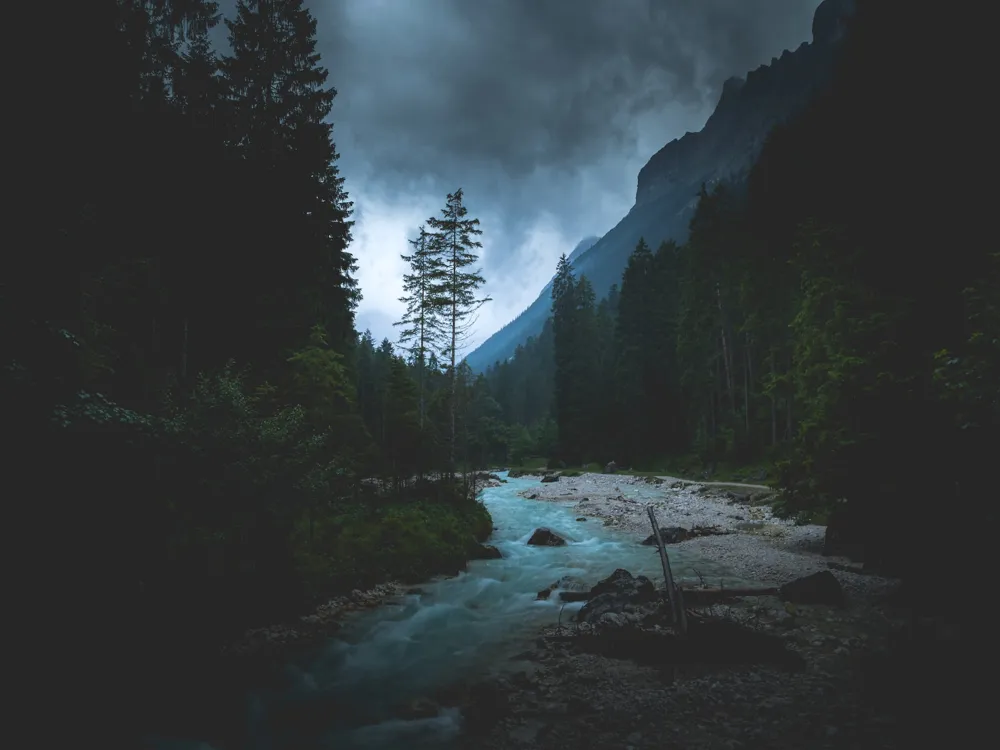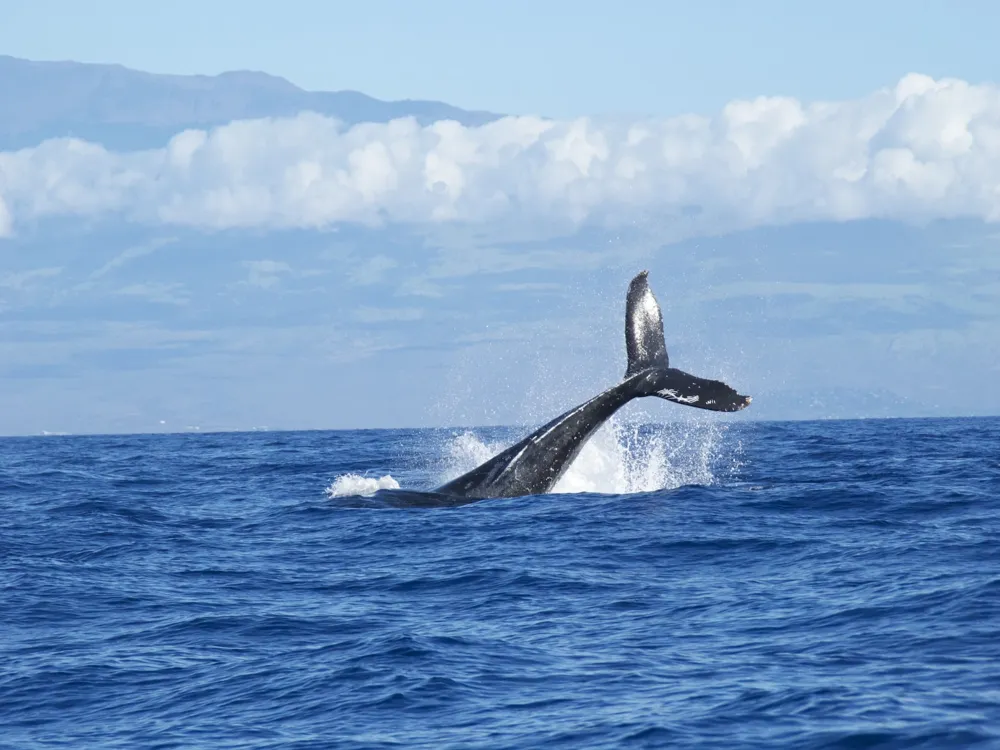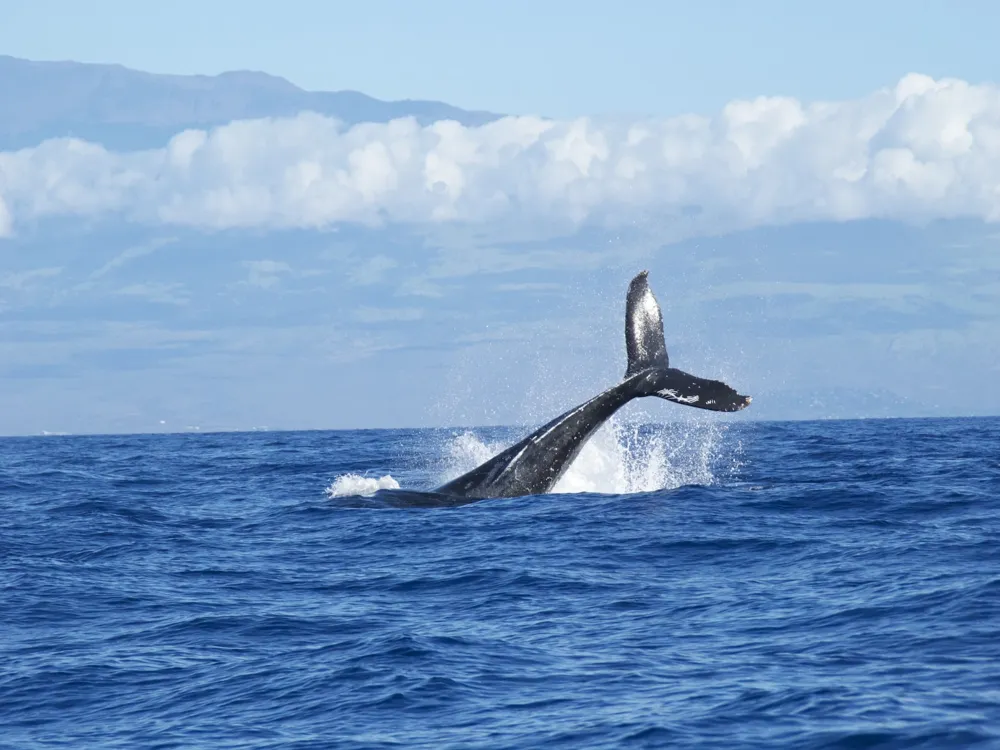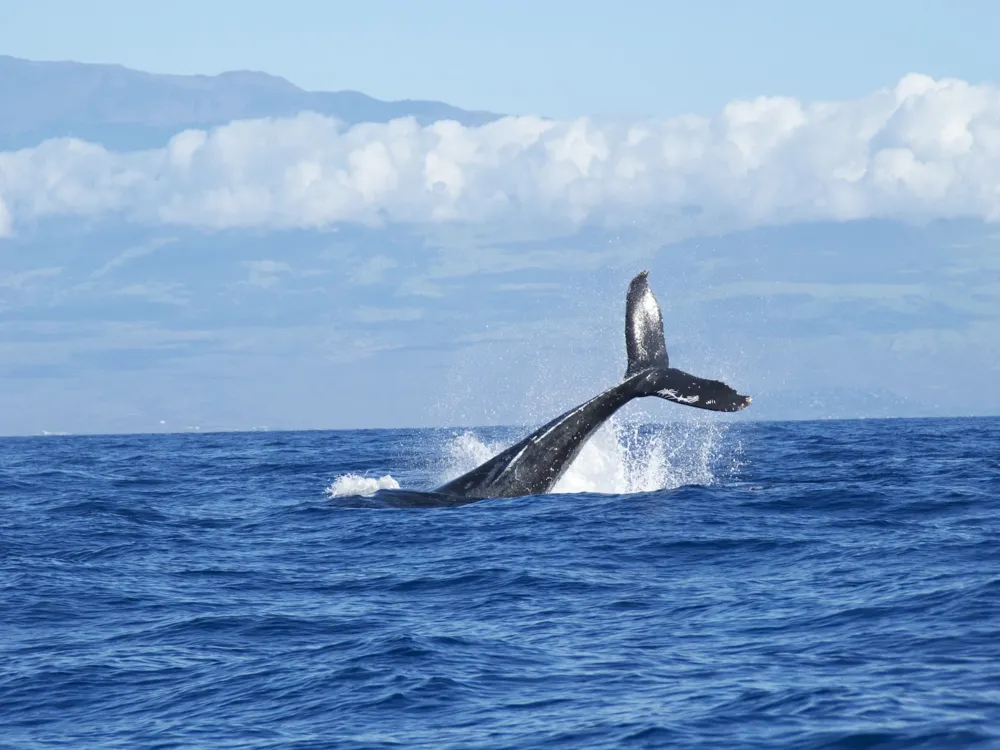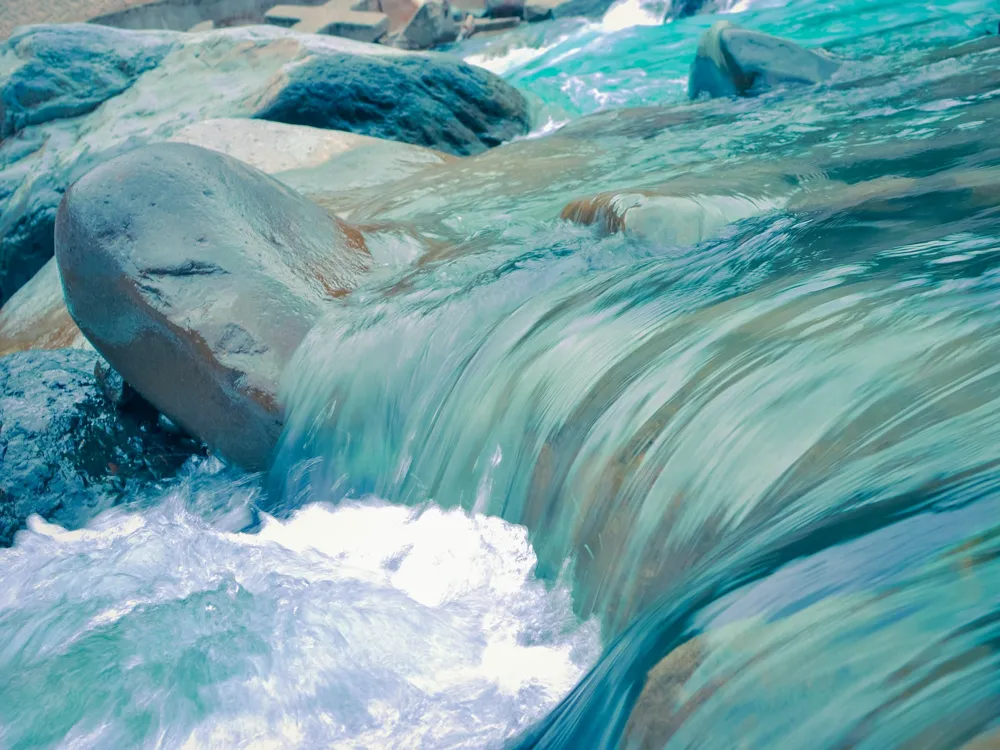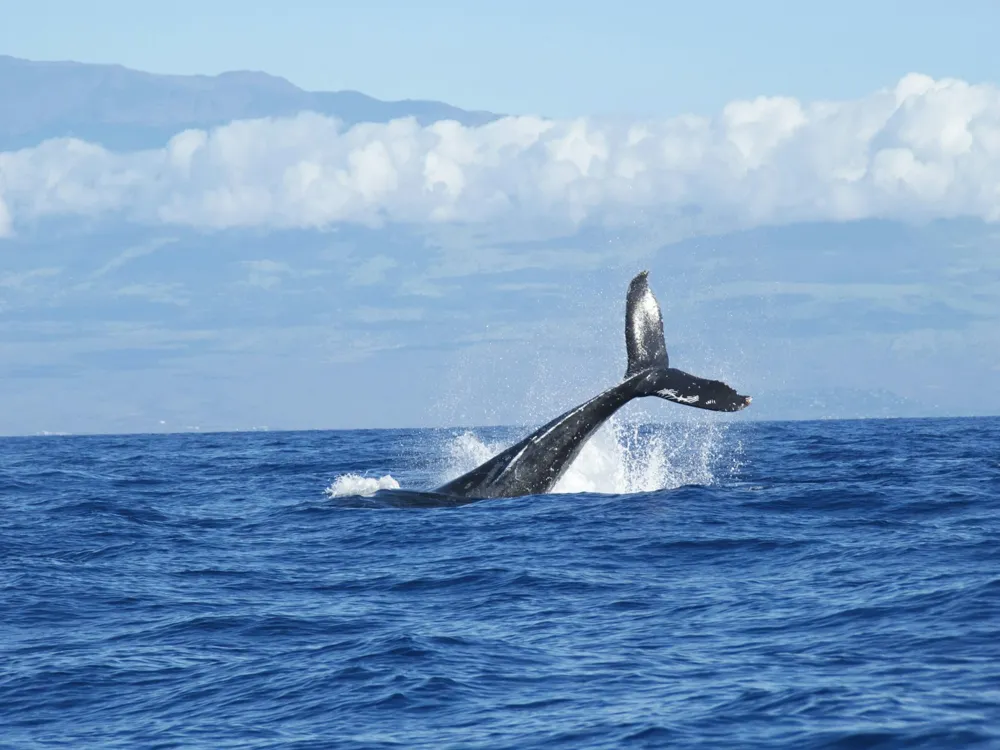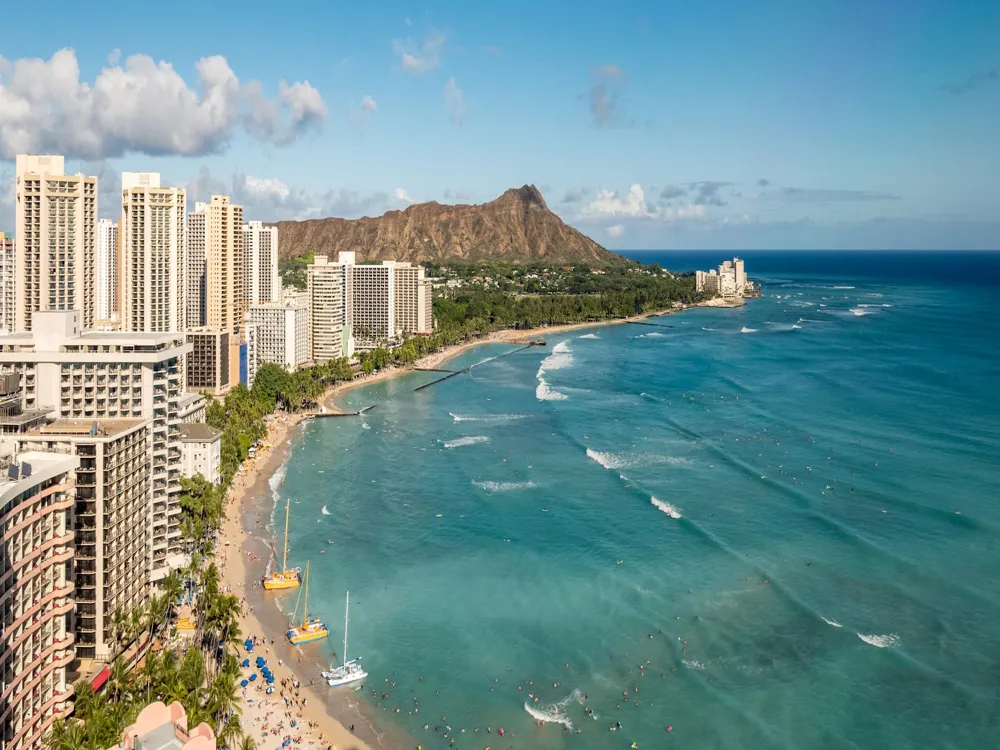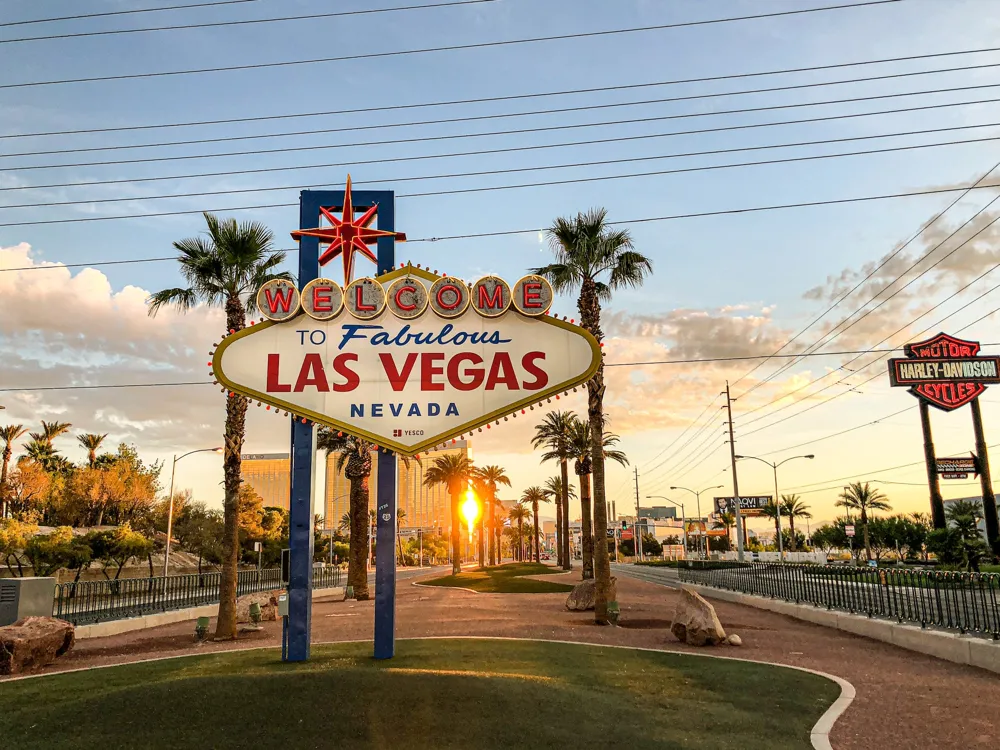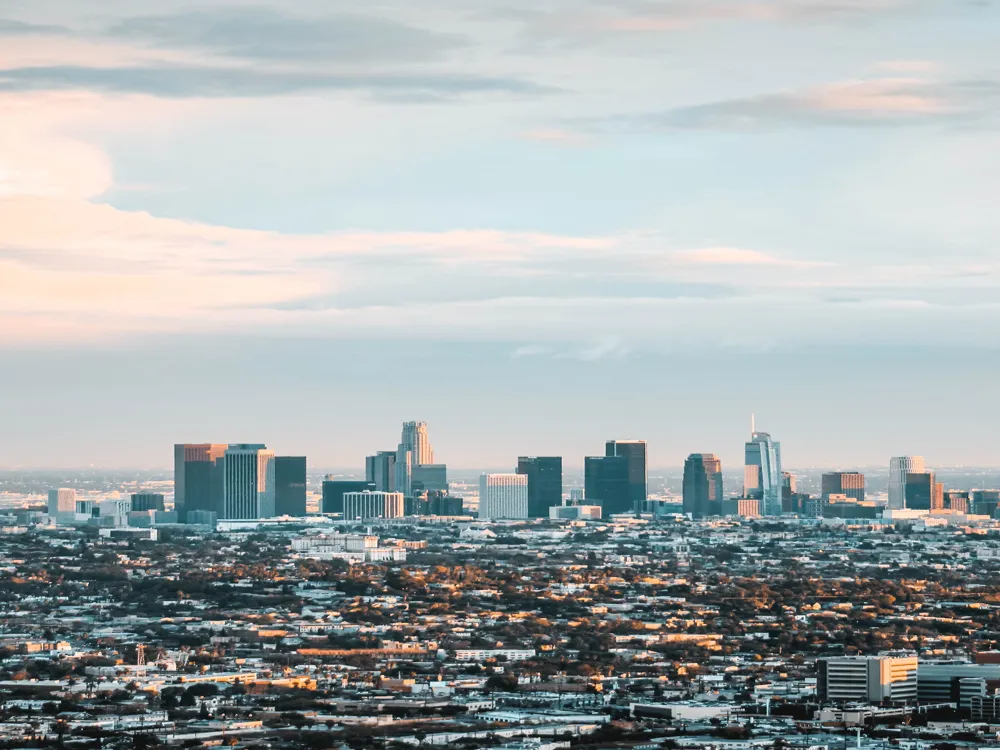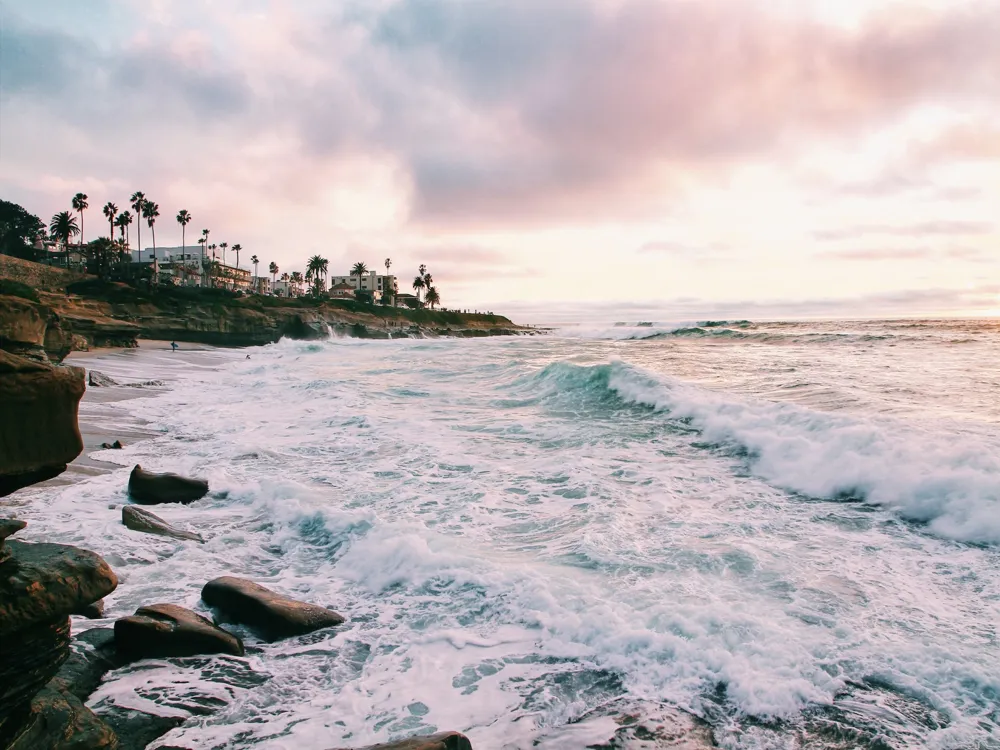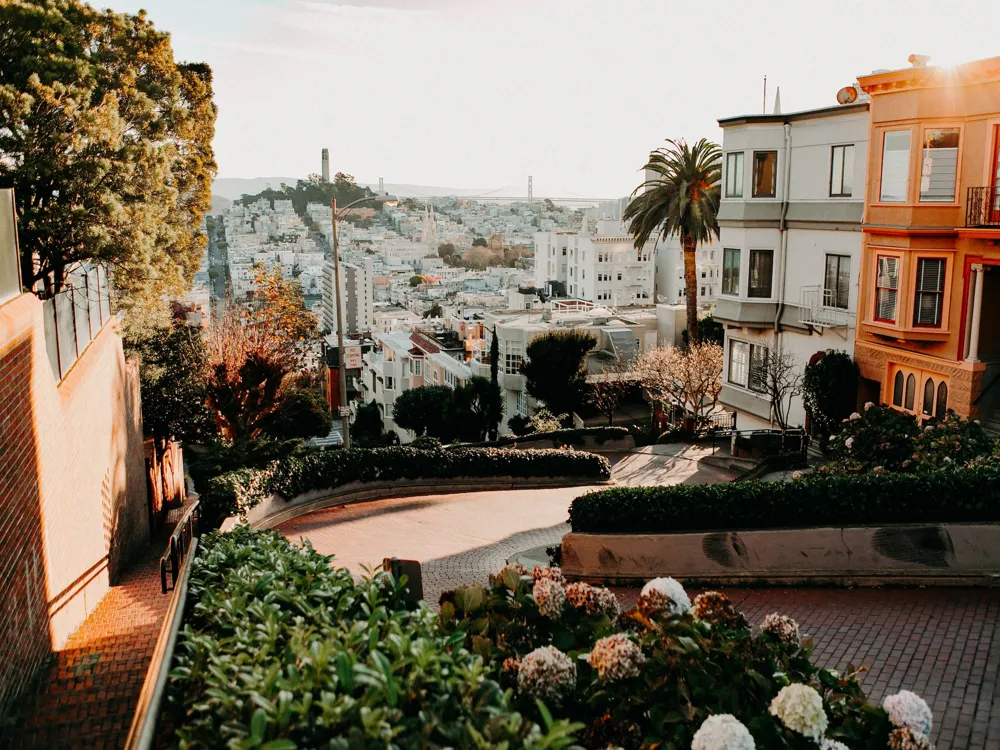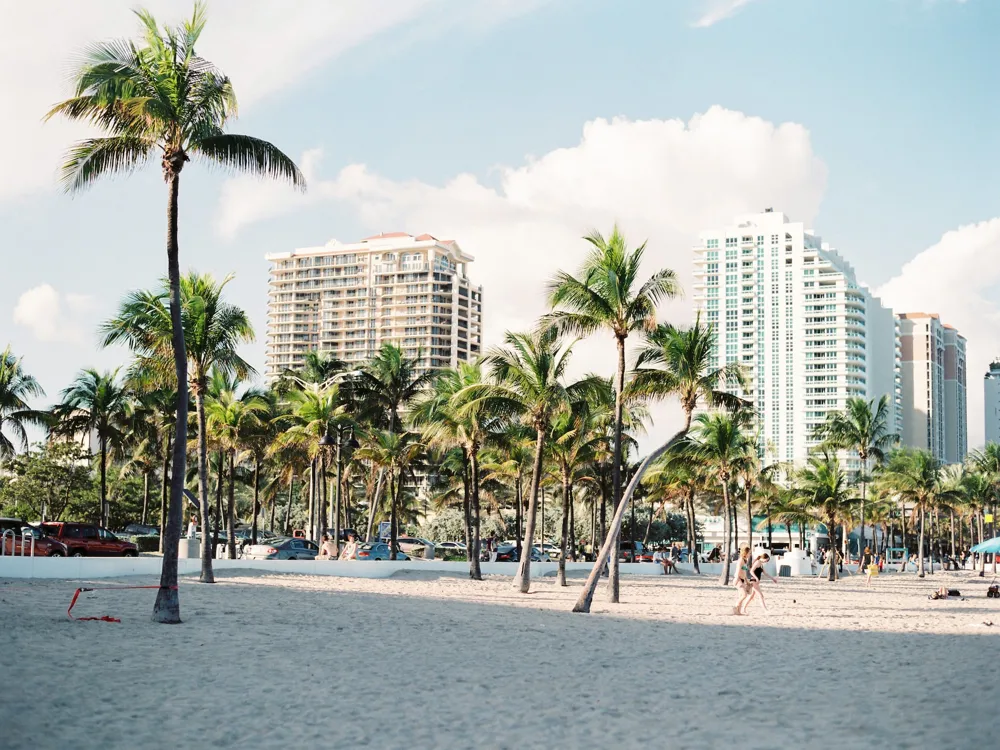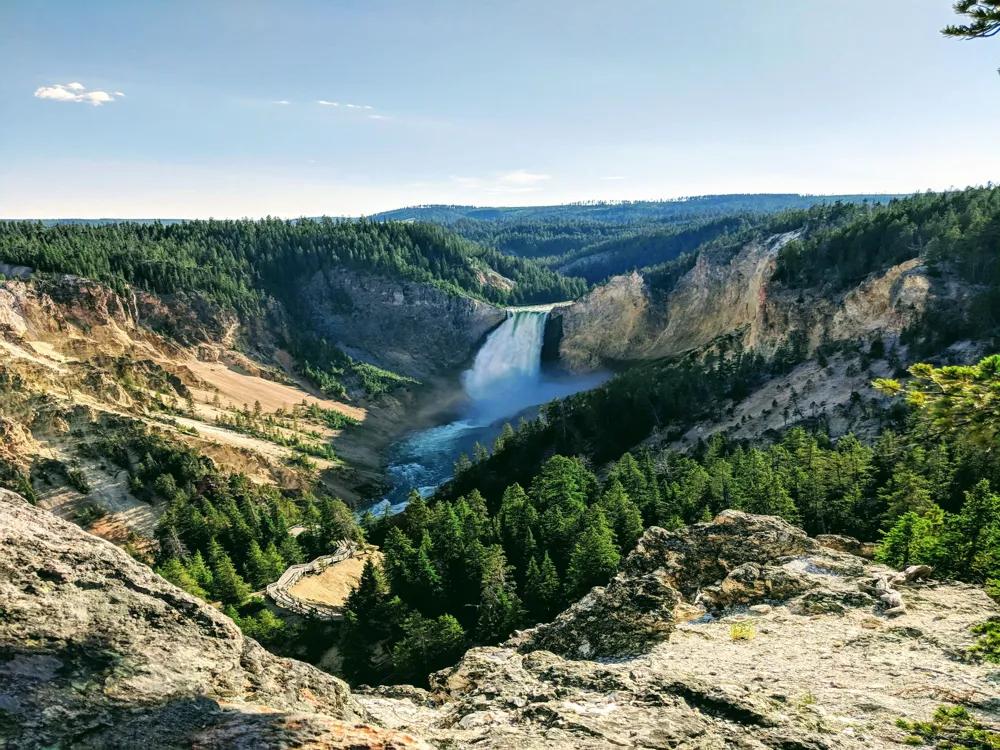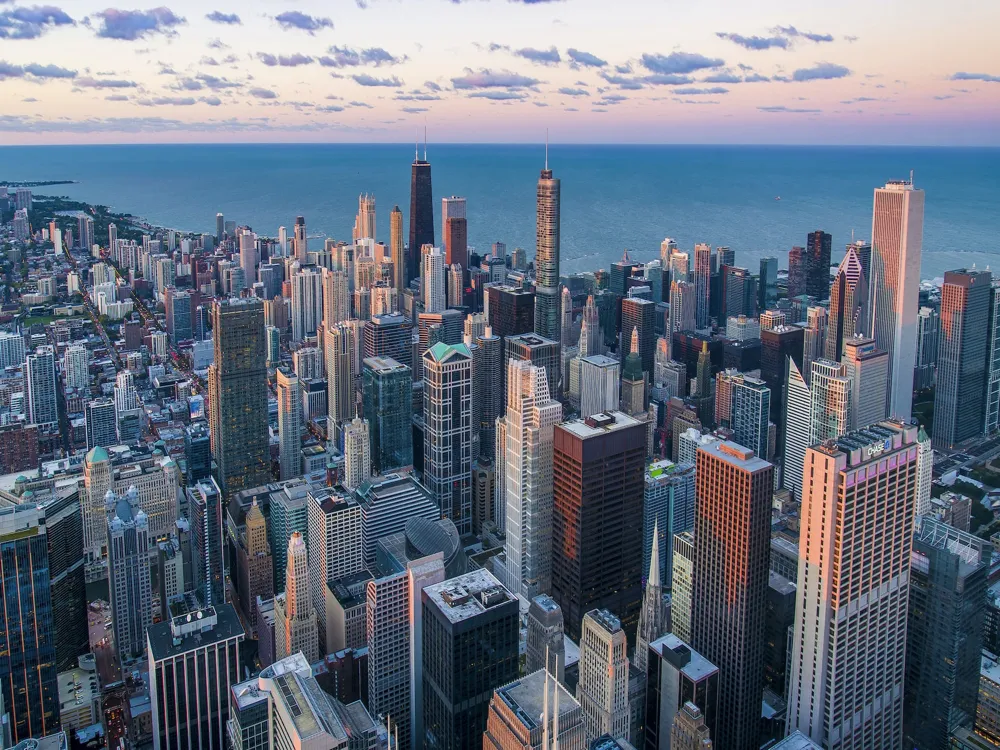Haleakala, a massive shield volcano that forms more than 75% of the Hawaiian Island of Maui, is renowned for its breathtaking summit. Rising 10,023 feet above sea level, the summit offers a unique landscape often compared to a lunar terrain. This colossal volcano is not only a significant geological feature but also a place of deep cultural importance to the Native Hawaiian people. The name Haleakala means 'House of the Sun' in Hawaiian, a reference to the legend of the demigod Maui who, according to lore, lassoed the sun from this mountain to slow its journey across the sky. The summit is renowned for its spectacular sunrises and sunsets, drawing visitors from around the world. The stark, ethereal beauty of the summit area with its cinder cones and barren volcanic landscapes contrasts sharply with the lush, tropical surroundings at lower elevations. Haleakala's summit environment is incredibly diverse, hosting numerous endemic species of flora and fauna. The park's elevation ranges dramatically, resulting in a variety of microclimates within a relatively small area. This unique ecological system supports rare species like the Nene (Hawaiian goose) and the Silversword, a striking plant that blooms only once in its lifetime. The summit also offers a glimpse into the island's volcanic past, with massive craters and rugged lava flows telling the story of Maui's fiery origins. Beyond its natural beauty, Haleakala has scientific significance as well. The summit is home to the Haleakala Observatory, a vital site for astronomical research due to its clear skies and minimal light pollution. This makes it an ideal location for studying celestial phenomena and contributes to our understanding of the universe. The journey to Haleakala's summit is as remarkable as the destination itself. Winding roads traverse diverse landscapes, from lush tropical forests to barren volcanic terrain, offering visitors a sense of adventure and discovery. It is a place where one can truly experience the raw and powerful beauty of nature, standing above the clouds on the top of the world. The architecture of Haleakala Volcano summit is not man-made but carved by the forces of nature over millennia. The summit area, known as the Summit District, is dominated by the massive Haleakala Crater. This enormous depression is roughly 7 miles across, 2 miles wide, and 2,600 feet deep, making it one of the most spectacular volcanic features in the United States. The crater's landscape is an intricate tapestry of cinder cones, spatter cones, and lava flows, each contributing to the area's stark beauty. These geological formations were created by numerous eruptions over the volcano's long history. The cinder cones, in particular, are a striking feature, their reddish-brown hues and unique shapes providing a stark contrast to the often-cloudy skies above. The summit's landscape is also marked by the presence of rare silversword plants, whose silver, sword-like leaves and blooming inflorescences add an otherworldly beauty to the area. These plants are uniquely adapted to the harsh volcanic environment and are a symbol of resilience and survival. A significant feature of the summit architecture is the Haleakala Observatory. Unlike traditional buildings, this observatory is a testament to modern technology's intersection with natural landscapes. The observatory's location and design are optimized for astronomical observations, making it a critical site for scientific research and a symbol of human curiosity and innovation. The summit's network of hiking trails and visitor facilities is subtly integrated into the landscape, designed to offer access while preserving the natural environment. These trails provide an up-close experience of the volcanic terrain, leading visitors through a variety of landscapes, from barren lava fields to alpine shrublands. The architectural beauty of Haleakala's summit lies in its natural formations and the careful integration of human elements into this wild environment. It's a place where the grandeur of nature takes center stage, offering visitors a profound sense of wonder and connection to the Earth's primal forces. - Check weather forecasts before your trip, as conditions can change rapidly at high elevations. - Arrive early if you plan to see the sunrise, as parking spots are limited and fill up quickly. - Dress in layers, as temperatures can be chilly, especially during early mornings or late evenings. - Bring water, snacks, and sunscreen, as facilities at the summit are limited. - Stay on marked trails and respect all safety signs and barriers. - Be mindful of high altitude effects, including shortness of breath and dizziness. - Do not disturb or feed wildlife, and keep a safe distance from any animals you encounter. - Remember that removing rocks or other natural materials from the park is prohibited. Take time to visit the Haleakala Visitor Center to learn about the area's history and ecology. Use the designated lookout points for the best views and photo opportunities. Consider staying for sunset if you're not an early riser; the views are equally stunning. Practice Leave No Trace principles to help preserve the natural beauty of the summit. Haleakala Volcano Summit is accessible via the Haleakala Highway (State Route 378). The journey to the summit takes about two hours from Kahului, the nearest major town. Visitors can either drive themselves or join a guided tour. For those driving, a well-maintained road leads to the summit, but it's important to drive cautiously as the road is winding and often shrouded in fog. Public transportation options are limited, so renting a car or booking a tour is recommended. Parking is available at the summit, but it's advisable to arrive early, especially for sunrise viewings. Read More Maui TourismOverview of Haleakala Volcano Summit of Maui, Hawaii
Architecture of Haleakala Volcano Summit
Tips When Visiting Haleakala Volcano Summit
Planning Your Visit
Safety Considerations
Enjoying the Scenery
How To Reach Haleakala Volcano Summit
Best Time to Visit Maui
How to Reach Maui
Things To Do Maui
Haleakala volcano summit
Maui
Hawaii
NaN onwards
View maui Packages
Maui Travel Packages
View All Packages For Maui
Top Hotel Collections for Maui

Private Pool

Luxury Hotels

5-Star Hotels

Pet Friendly
Top Hotels Near Maui
Other Top Ranking Places In Maui
View All Places To Visit In maui
View maui Packages
Maui Travel Packages
View All Packages For Maui
Top Hotel Collections for Maui

Private Pool

Luxury Hotels

5-Star Hotels

Pet Friendly







